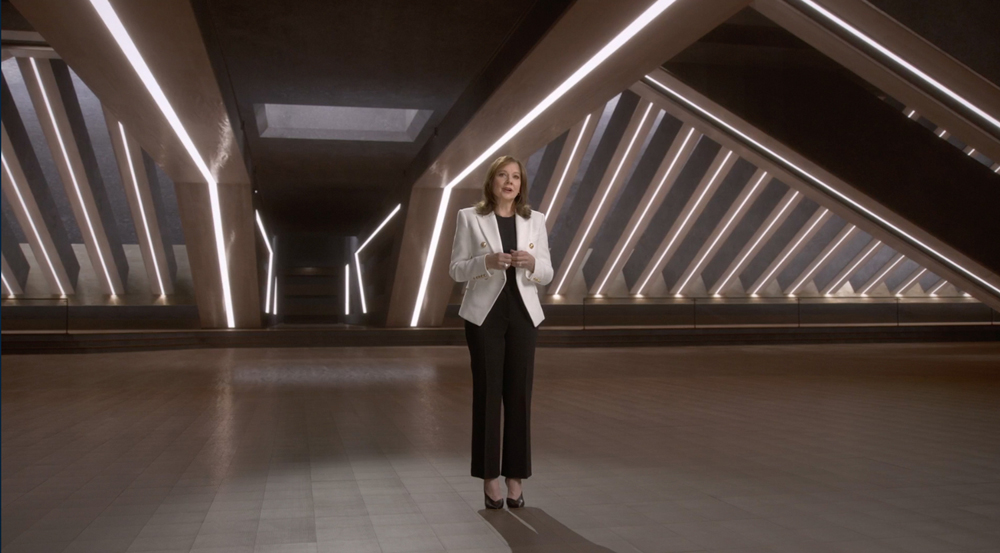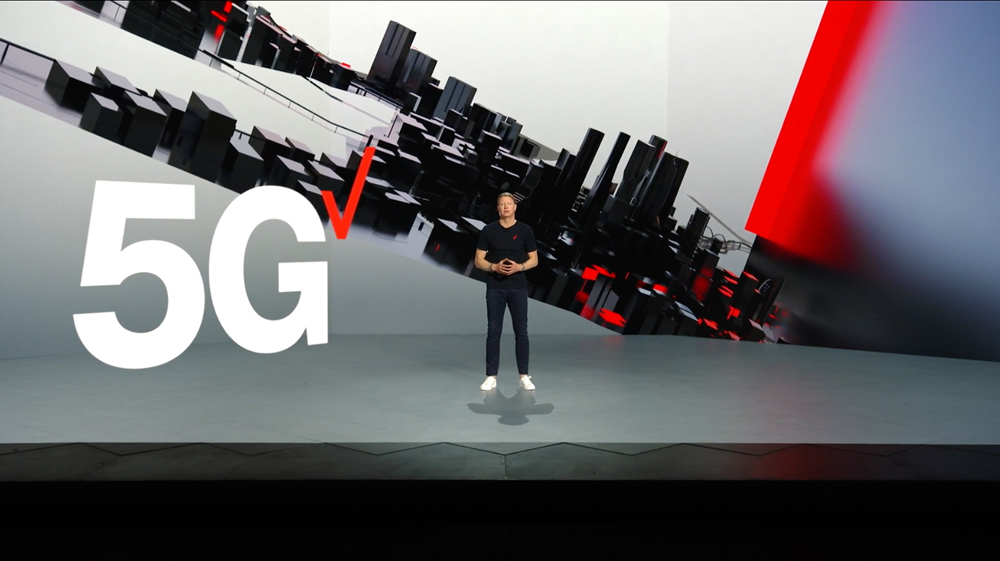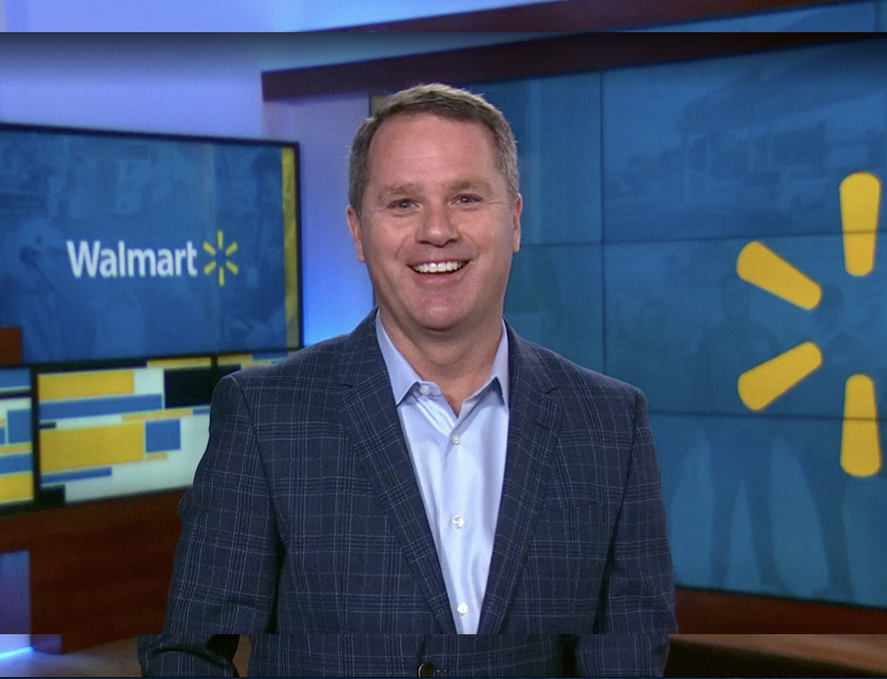
The coronavirus pandemic forced a shift away from the bright lights of Las Vegas, but this year’s CES 2021 online suggests that a lockdown may offer some benefits for the way cities are managed. The technology event opened its digital doors to the global technology community, with exhibitors including LG Electronics, Panasonic, Samsung Electronics and Sony. Nearly 2,000 companies launched products, including nearly 700 start-ups from 37 countries.
One major theme of the sessions was the idea Covid-19 could change commuting patterns permanently. Carla Bailo, CEO at the Center for Automotive Research said: “Up to 90% of people are saying they are not going to go into the office as much as previously and only about 20% say they are going to go back full-time again.”
“That’s a huge change and it opens up many different areas of transportation, and I have a lot cities reaching out saying: ‘What shall I do with parking structures?’”
She describes automated parking as a great solution because around 20% of congestion in a city comes from people driving around looking for a place to park. “That alone will help that situation and then we will be able to use our parking more efficiently and then turn some of those parking garages into more green space,” Bailo continues. “We do know that cities are looking at making their cities much more liveable, walkable and have better air quality; all of that is going to attract business and it’s going to attract people to want to live there which is always good for your economic engine.”

She points out that Covid-19 is accelerating certain technologies and how people are using the roads - for example with road space given over to outdoor dining now. “Many cities have been talking about it for years and now they are doing it, so let’s keep the momentum going even once we get through this Covid pandemic.”
During the session Vehicle Tech Innovations Consumers Want, Bailo also warns about the dangers of calling anything ‘self-driving’ because “everything requires the human to do something in certain conditions”.
Instead she believes the industry should be using the levels developed by the SAE that defines the vehicles and what they will do,” she insists. “We should be talking that same language and not be using other terms that make the consumer think it can do something that it can’t.”
However, there is already a tendency for customers to become distracted while using products like advanced driver-assistance systems - and Bailo claims it can take people from seven seconds to 47 seconds for people to re-engage with the product.
To address this issue, Bailo expands upon the possibility of using cameras to monitor the driver so that the vehicle can take over if it realises that he or she is distracted.
“That fits into privacy issues but I think we need to talk about that and have the right policies so that we don’t create these systems where consumers are trusting too much and we create very dangerous situations - or they completely distrust, which can be equally as bad.”
Autonomy limits
Autonomy proved to be a hot topic at CES 2021. Intel asked whether there is an acceptable failure rate of a vehicle’s perception system and how does this influence the development and regulation of autonomous vehicles (AVs).
Professor Amnon Shashua, senior vice president of Intel and chief executive officer of Mobileye, revealed that the company measures failure rate in terms of hours of driving.
“If we google, we will find out that about 3.2 trillion miles a year in the US are being travelled by cars and there are about six million crashes a year,” he says.
“So divide one by another, you get: every 500,000 miles on average there is a crash. Let’s assume that 50% it’s your fault in a crash, so let’s make this one million and let’s divide this by 20 miles per hour on average - so we get about once every 50,000 hours of driving we’ll have a crash,” he adds.
Shashua then applied this level of performance to a scenario involving a robotic machine and the deployment of 50,000 cars.
“It would mean that every hour on average, will have an accident that is our fault because it’s a failure of the perception system,” he explains.
“From a business perspective this is not sustainable, and from a society perspective, I don’t see regulators approving something like this so you have to be 1,000 times better than these statistics.”
From a technological point of view, Shashua insists it is “so crucial to do the hard work” and not combine all the sensors at the beginning and carry out a “low-level fusion – which is easy to do”.
“Forget about the radars and Lidars, solve the difficult problem of doing an end-to-end, standalone, self-contained camera-only system and then add the radars and Lidars as a redundant add-on.”

Touching upon the business perspective, Shashua points out that those building technology suitable for SAE Level 4 will need to wait for a time when this stage of autonomy is ubiquitous.
“Say 5% of all new cars will be level 4 autonomy, this could take a decade,” he warns. “During that time, you will have zero revenues, which means it is not sustainable unless it’s a government-funded project.”
He describes the camera-only subsystem as ideal for “pushing the envelope” of driving assistance for Level 2 systems.
“Since it’s camera-based, it’s at a consumer price level,” he beams. “So now you have scalable thinking, which is really the cure for sustaining for such a long time until Level 4 becomes ubiquitous.”
City connectivity
While autonomy is a form of technology that has yet to be fully realised, there are plenty of other technologies that can help cities right now.
In a separate session, Derek Peterson, chief technology officer at Boingo Wireless, highlighted that cities must take greater advantage of connectivity to solve the varied challenges they face.
“If you think about it, traffic gridlock is an issue because of more people in an area,” he says. “So self-driving cars, smart traffic lights, high-speed trains; these...need to be connected solutions to solve that.”
Boingo provides mobile internet access for wireless-enabled devices, and Peterson insisted that connectivity helps eliminate some of the friction that develops as urbanisation increases.
During a session called Connected Cities: Only as Good as Their Connectivity, Lauren Love-Wright, vice president of network partnerships at Verizon, pointed out that improving the operations of cities means taking advantage of the technology to solve specific needs. For example, Oklahoma City had congestion problems. “We worked on a wireless private network where we used wireless technology, put in private network and routers and helped them manage traffic,” she explains.
However, Love-Wright recognises these problems can also exist with new communities, referring specifically to a collaboration with Lake Nona, a suburb of Orlando, Florida.
For this project, Verizon worked with the developer, city and utility to identify ways to deploy technology such as 4G and 5G “so we would have the connectivity to provide options”.
“So how you look at smart cities and how you actually deploy something in a community depends on what is the specific needs of that community, and then leveraging the technology to solve that problem,” she concludes.
Prioritise sustainability
Connectivity is just one of the ways that cities can develop through technology. Elsewhere at this year’s event, Bosch taps into another key priority: sustainability.
Mike Mansuetti, president of Bosch North America, says the company is developing a full range of powertrain solutions.

“From combustion engines, to battery-electric power trains to fuel cells that power everything from e-bikes to trucks: for more than 10 years, our e-bike system division has been setting new standards with drive systems consisting of drive units, batteries and smart control panels for electric bicycles.”
Mansuetti reveals the latest generation of its Nyon e-bike computer control panel offers on-board navigation, topography-based range estimates and digital locking.
Another speaker, Michael Bolle, Bosch’s chief technology officer, elaborated upon the company’s focus on advancing AIoT, an area where artificial intelligence (AI) meets Internet of Things (IoT).
“These two specific parts are strongly intertwined with AIoT and data often holding the technological key to enable greater sustainability,” he says.
Bolle explains that Bosch’s approach to AI focuses on the world of objects and things and their interaction with their environment, such as with automotive emergency braking assistants.
“In these cases, AI is not telling machines what people are doing, but explaining the critical roles to machines,” he continues.
“In this way, we can enable intelligent behaviour and optimise the way the machines and things work.”
Mansuetti goes further by adding that AIoT technologies are helping in the mobility domain.
“Solutions for connected and automated driving can help eliminate gridlock and ensure smooth traffic flows in cities, which significantly reduces both consumption and emissions. The same is true for parking, particularly in urban centres.”

AIoT is also enabling Bosch to achieve “sustainability gains” via mobility-based services, such as electric vehicle (EV) batteries.
“To help maximise their lifespan and prevent premature ageing, Bosch has developed a suite of Battery in the Cloud services that substantially improves the battery performance and extends their service life,” he beams.
According to Mansuetti, smart software functions in the cloud continually analyse the battery status and take action to prevent or slow down cell ageing, which can “reduce the wear and tear on the battery by as much as 20%”.
“This means replacement less often and a better environmental profile,” he concludes.
Different attitude
Knuth Sexauer. vice president of sales at Here Technologies said in a separate session that the company is positioned to capture specific information that EV drivers require for navigation.
Sexauer says: “That’s what we did for three decades, gathering information from 80,000 different sources into one database: so all the charger types and precise position of EV charging points, all that is there.”
He insists that EV drivers calculating a route have to consider “something completely different” than those driving an internal combustion engine (ICE).
“If you have reduced range, you need to have potentially more stops and a different route, and then comes the range anxiety,”
he continues. “At Here, we are adding topology, because depending on the topology, the consumption is different - plus weather, plus traffic - to be as precise as we can in the range calculation.”
During a session called Transform Anxiety to Delight for EV Drivers, Sexauer touches upon some trends the industry should keep an eye on 2021.
“You will see more flexible models of mobility: having a car for a weekend or a couple of months,” he says.
“There are OEMs today already who are using this as a differentiator element in their marketing and positioning.”
He emphasises that EVs and drivers are also increasingly connected.
“So that’s basically a channel which can be used also as a distribution channel to provide additional services and some of the OEMs are using that already for features on demand - so why not for having power over the weekend, if you’re driving alone or doing a long tour,” he adds.
The passion for technology at CES 2021 proves that it will take more than a pandemic to hold back innovation. As cities and companies continue to work through these uncertain times, the technology benefits may continue to flourish.





